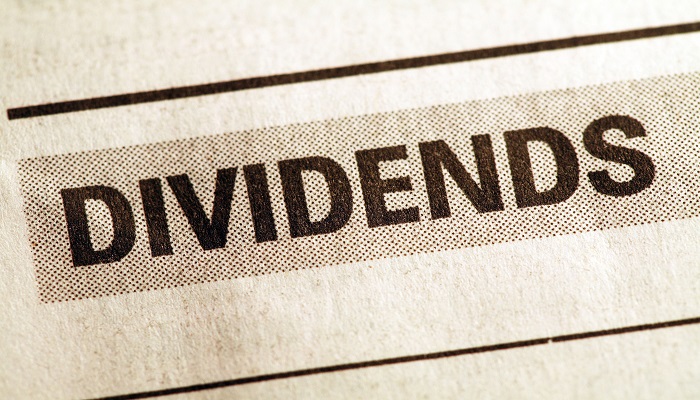Companies at the end of a reporting period may choose to declare dividends to its shareholders as part of the distribution of profits that it makes. Dividend is proposed by the board of directors of the company and approved by its shareholders at the AGM.
Dividends can however be paid once or twice a year depending on the policy of the company. When a company decides to pay dividends twice a year it pays an interim dividend at some time before the end of its financial year and then a final dividend at the end of the financial year.
Interim Dividend
This is the dividend declared and distributed by a company to its shareholders prior to the determination of final profit position for the financial year. Before interim dividends are paid, the company’s financial statements will also be audited.
Final dividend
The last dividend distribution at the end of the financial year declared after the financial statements have been audited and approved by the board of directors of the company. However, some companies pay dividend only once in a year. In this case they will not pay an interim dividend. However, if after paying the interim dividend no other dividend was paid then the interim dividend will become the final dividend at the end of the year.
[Read Also: Difference between Clean and Dirty Price of a Bond]
Total Dividends
For a company that pays an interim dividend and then final dividend, the total dividend paid during that year will be the interim dividend plus the final dividend.
For example, a company declares interim dividend of 50kobo after its 6 months results is released and audited. At the end of the financial year, it declares a further N1 in final dividend. Total dividend paid at the end of the year is therefore N1.50 per share.
This article was originally published on the 17th of March, 2014
